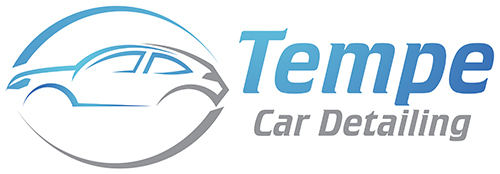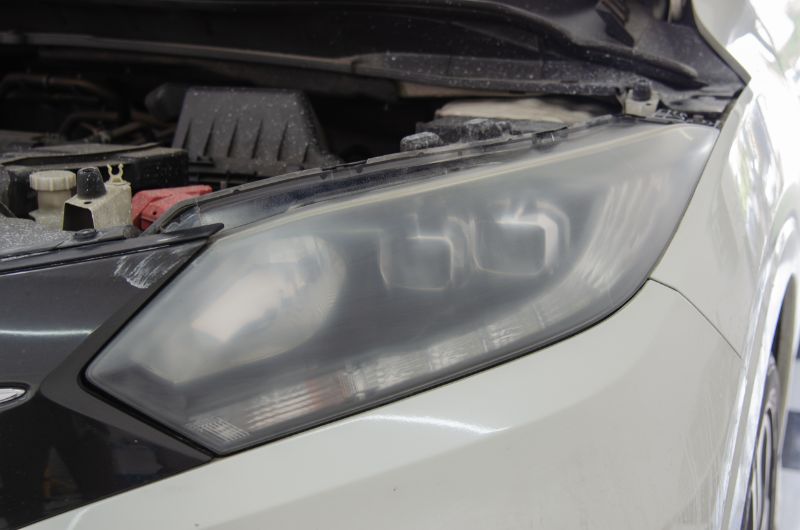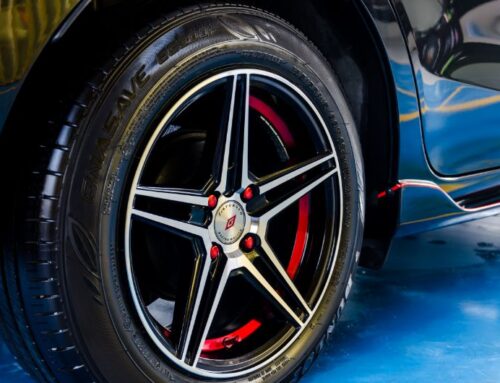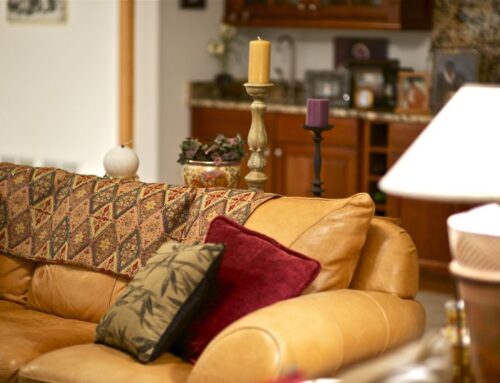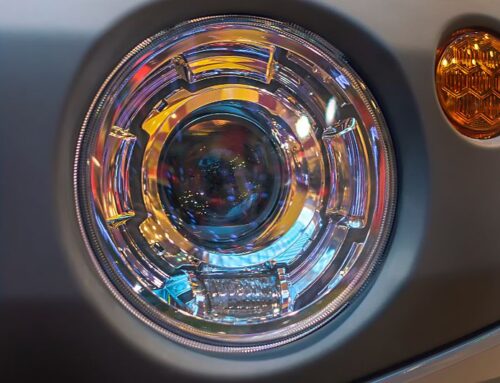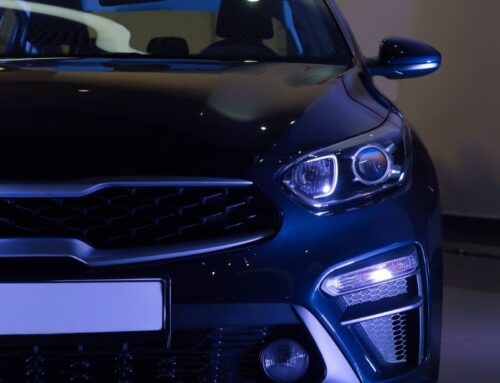Before you start applying the clear coat, make sure you are very careful and apply it lightly. A heavy coat can cause cracks on your headlights, so you should only apply a thin mist of the coating. Rustoleum clear coat is not ideal for headlight restoration. A better choice is a professional clear coat, and a fine-grit sandpaper.
Spraymax 2K Clear
Spraying two or three coats of clear coat over headlights will provide long-lasting protection against UV damage and fogging, as well as provide unparalleled clarity. You can buy a clear coat kit or purchase a clear coat at a local store. To complete the process, make sure the headlights are clean, and use sandpaper to remove any initial white powder.
When spraying this product, apply it slowly and evenly for best results. You may want to use several coats if you want your headlights to look shiny. A single coat won’t last forever; it will need to be reapplied after 48 hours at 68 degrees. Use a charcoal mask or respirator if you’re not comfortable working in confined spaces.
WD-40
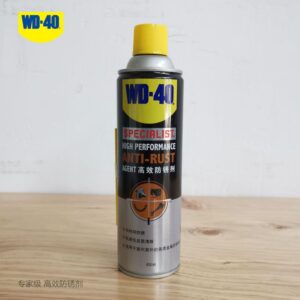 Before you apply WD-40 for rustoleum headlight clear coat, you should make sure that your headlight lenses are dry. Then, you can apply the clear coat using a spray bottle or small applicator pad. Allow the clear coat to dry for at least five minutes and up to two hours.
Before you apply WD-40 for rustoleum headlight clear coat, you should make sure that your headlight lenses are dry. Then, you can apply the clear coat using a spray bottle or small applicator pad. Allow the clear coat to dry for at least five minutes and up to two hours.
WD-40 is a multipurpose lubricant that works well on a variety of surfaces. You can use it to restore faded headlight lenses, de-fog headlights, and more. It also has anti-rust properties and is a popular abrasive. It provides sparkling results on many surfaces. This product can be used on both painted and unpainted metal.
Rustoleum Clear Coat can be applied to virtually any type of automobile. It has a hardened acrylic base that prevents corrosion. It is inexpensive, and a spray can easily be wiped off with Acetone. A hardener can be added for an extra hard finish.
Acetone
If you are looking to restore the luster of your headlights, you can use a mixture of acetone and rustoleum clear coat. The mixture should be applied in a thin, circular motion to the entire headlight. With each coat, the headlight should appear clearer. This mixture also softens the paint.
First, you need to protect the painted surfaces around your headlights with masking tape. You should also protect any chrome trim and hood. Once you’ve prepared these surfaces, you can start removing the old clear coat. For best results, use 800-grit sandpaper, holding it flat and moist with water. If this solution does not remove all the clear coat, use a 1000-grit sandpaper.
Polishing compound
You can remove rustoleum clear coat from headlights using plastic lens cleaner. The cleaner should be applied in small circles around the entire headlight. With each application, the headlights should look clearer. The cleaner will also soften the paint.
When applying rustoleum clear coat, it is important to follow the directions on the bottle. Make sure to apply it as light as possible, otherwise it may lead to cracking. Also, it should be applied in a very thin mist, and use the right grit sandpaper.
After applying the compound, sand the headlights to obtain a uniform finish. Then, use a buffing pad to finish the job. You may want to replace the pad with a wool buffing pad.
Rustoleum clear coat
To restore the luster of your headlights, you must first apply a thin layer of Rustoleum clear coat. The clear coat is a good choice to protect your headlights from UV rays. It will also make them stay bright for years to come.
To apply Rustoleum clear coat on headlamps, you must use a microfiber cloth to apply it. Make sure that the lens is dry. After applying the clear coat, you can use a polishing or rubbing compound. The compound must be applied with a microfiber cloth, and it takes some time.
To apply Rustoleum clear coat on headlamps, make sure to clean and dry the headlights first. Clear coat protects against UV rays and gives lenses unparalleled clarity. You can apply clear coat on existing clear coat, but if the existing clear coat is damaged, you should remove it first. The urethane clear coat bonds with the base coat as it dries.
